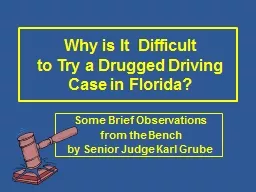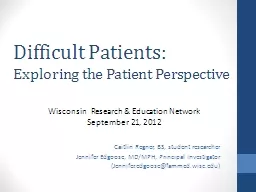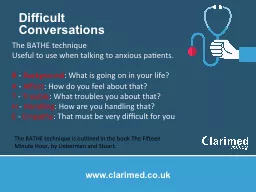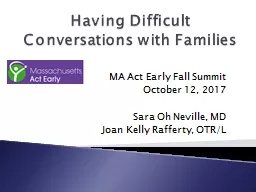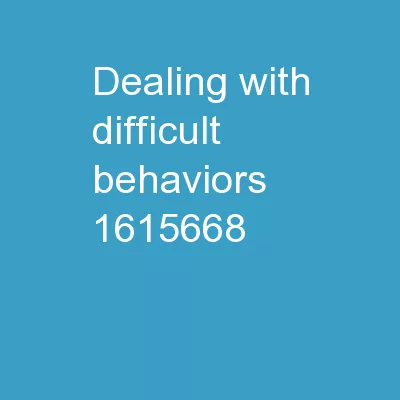PPT-Why is It Difficult
Author : stefany-barnette | Published Date : 2016-03-29
to Try a Drugged Driving Case in Florida Some Brief Observations from the Bench by Senior Judge Karl Grube Florida Statute 316193 Driving under the influence
Presentation Embed Code
Download Presentation
Download Presentation The PPT/PDF document "Why is It Difficult" is the property of its rightful owner. Permission is granted to download and print the materials on this website for personal, non-commercial use only, and to display it on your personal computer provided you do not modify the materials and that you retain all copyright notices contained in the materials. By downloading content from our website, you accept the terms of this agreement.
Why is It Difficult: Transcript
Download Rules Of Document
"Why is It Difficult"The content belongs to its owner. You may download and print it for personal use, without modification, and keep all copyright notices. By downloading, you agree to these terms.
Related Documents

